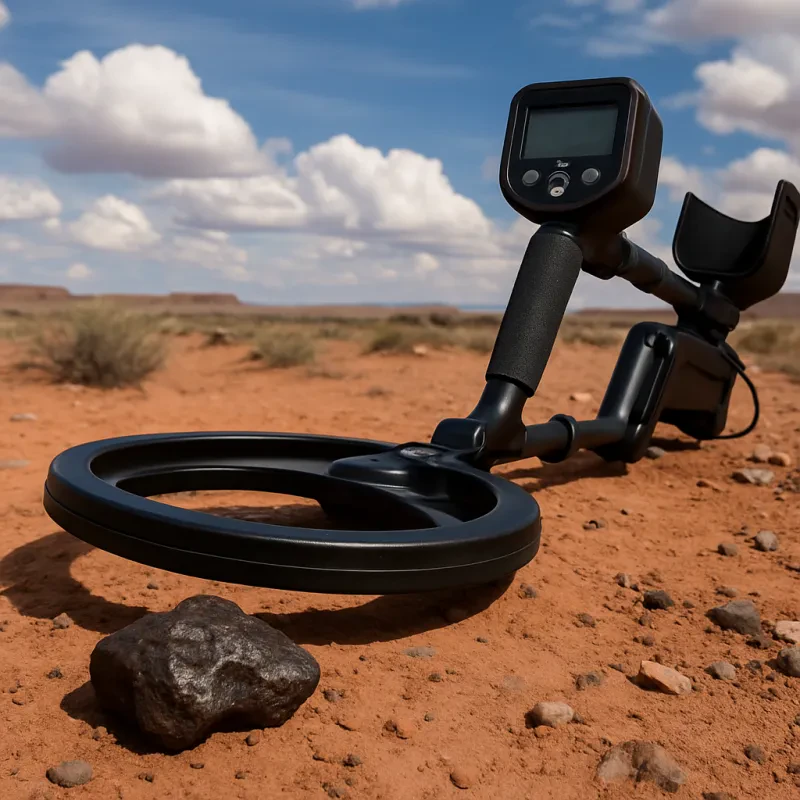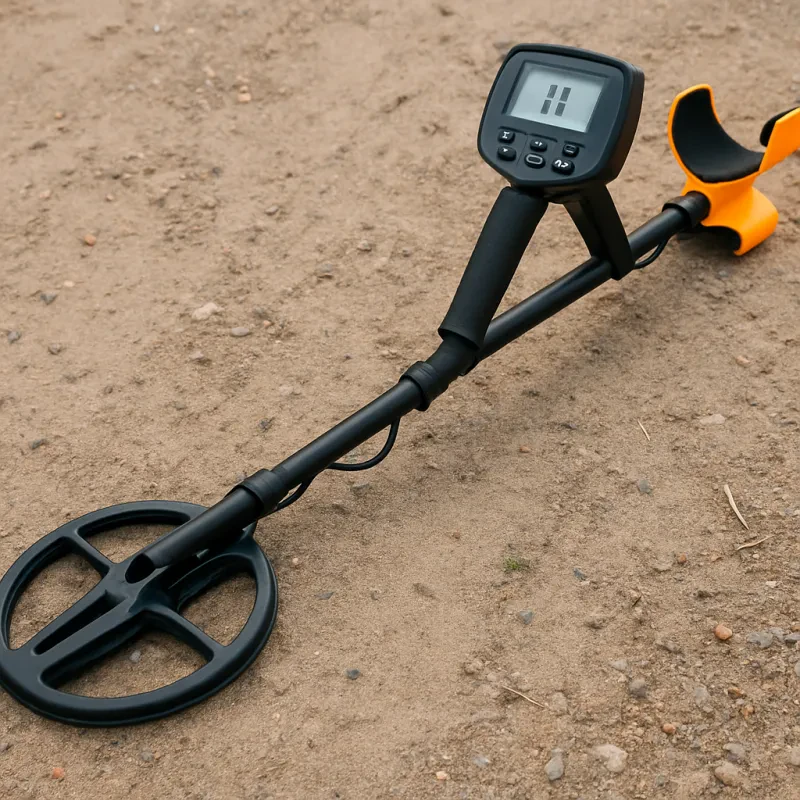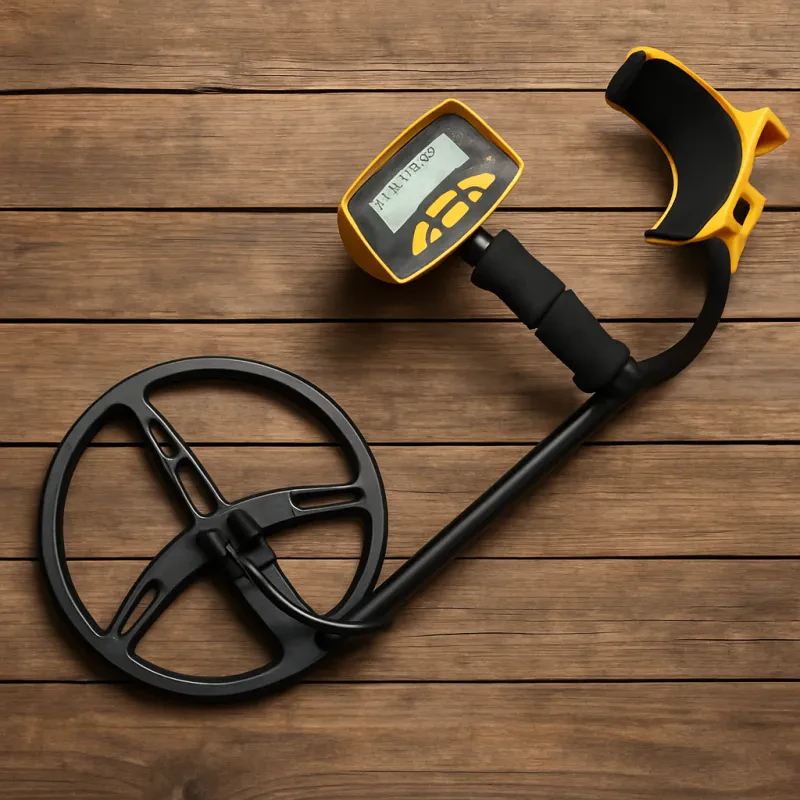Metal detecting is more than just a hobby; it’s a gateway to the past. Throughout history, some of the most remarkable historical artifacts and treasures have been uncovered by amateur and professional detectorists alike. From ancient coins to priceless relics, each metal detector discovery has its own story to tell. In this article, we delve into five of the most famous metal detector discoveries that have captivated the world.
1. The Staffordshire Hoard: The Largest Anglo-Saxon Treasure Trove
In 2009, an amateur metal detectorist named Terry Herbert made one of the most significant metal detector discoveries in history. While scanning farmland in Staffordshire, England, he unearthed a stunning collection of gold and silver artifacts from the Anglo-Saxon period.
The Discovery
Using a simple metal detector, Herbert uncovered what turned out to be the largest hoard of Anglo-Saxon gold and silver ever found. The cache included over 3,500 items, with intricate gold and garnet jewelry, sword fittings, and religious artifacts.
Historical Significance
Archaeologists dated the hoard to the 7th century and speculated that it may have belonged to a high-ranking noble or warrior. The craftsmanship of the items revealed insights into Anglo-Saxon warfare and artistry. The Staffordshire Hoard is now displayed in British museums, preserving its legacy for future generations.
2. The Hoxne Hoard: A Roman Treasure Trove
Another legendary metal detector discovery occurred in 1992 when Eric Lawes stumbled upon the Hoxne Hoard in Suffolk, England.
The Discovery
Lawes was searching for a lost hammer on farmland when his metal detector signaled something extraordinary beneath the surface. What he found was a vast collection of Roman gold and silver coins, jewelry, and tableware, dating back to the 4th and 5th centuries AD.
Historical Significance
With over 15,000 coins and more than 200 pieces of silverware and gold jewelry, the Hoxne Hoard is one of the largest and most valuable Roman hoards ever discovered in Britain. The hoard provided historians with crucial insights into the Roman occupation of Britain and their economic and cultural exchanges.
3. The Boot of Cortez: The Largest Gold Nugget Found with a Metal Detector
Not all metal detector discoveries consist of ancient artifacts—sometimes, they include raw gold.
The Discovery
In 1989, an amateur prospector in Mexico, using a metal detector, uncovered what would later be named the “Boot of Cortez.” This massive gold nugget weighed approximately 389 troy ounces (over 26 pounds) and remains the largest gold nugget ever found in the Western Hemisphere with a metal detector.
Historical Significance
While the nugget itself wasn’t historically significant like the previous hoards, its size and purity made it one of the most valuable metal detector discoveries in history. It was later sold at an auction for nearly $1.5 million, proving that metal detecting can be as lucrative as it is thrilling.
4. The Ringlemere Cup: A Bronze Age Relic
In 2001, metal detectorist Cliff Bradshaw made an astonishing discovery in Ringlemere, Kent, England.
The Discovery
Bradshaw’s metal detector led him to a severely crushed but beautifully crafted gold cup buried deep in the ground. Dating back to the Bronze Age, around 1700-1500 BC, this cup was only the second of its kind ever discovered in Britain.
Historical Significance
The Ringlemere Cup was evidence of early European trade and craftsmanship. The find site suggested that the area might have been an ancient ceremonial or burial ground. The British Museum acquired the cup for a significant sum, further solidifying the value of metal detector discoveries in uncovering hidden history.
5. The Galloway Hoard: A Viking Treasure Beyond Compare
The Vikings were known for their seafaring conquests and wealth accumulation, and in 2014, a metal detectorist in Scotland uncovered one of the greatest Viking-era treasures ever found.
The Discovery
Derek McLennan, a dedicated metal detectorist, found the Galloway Hoard in Dumfries and Galloway, Scotland. His metal detector uncovered a trove of Viking artifacts, including silver brooches, gold rings, and rare textiles wrapped around valuable items.
Historical Significance
This metal detector discovery provided unprecedented insights into Viking culture, trade, and craftsmanship. Many of the items originated from various parts of Europe, suggesting the Vikings’ extensive trade networks. The Galloway Hoard was eventually acquired by the National Museums Scotland, where it continues to be studied and displayed.
The Thrill of Metal Detecting: Why These Discoveries Matter
Each metal detector discovery adds another piece to the puzzle of human history. Whether it’s an ancient hoard, a lost artifact, or a massive gold nugget, these finds captivate the imagination and fuel the passion of metal detectorists worldwide.
Tips for Aspiring Metal Detectorists
If these discoveries have inspired you to start metal detecting, here are a few tips:
-
Research Locations: Understanding historical significance and land permissions increases your chances of finding something valuable.
-
Invest in a Good Metal Detector: High-quality detectors improve accuracy and depth detection.
-
Be Patient and Persistent: Many of these discoveries took years of dedicated searching.
-
Follow Legal Guidelines: Ensure you have permission and follow local laws regarding treasure finds.
-
Document and Report Finds: If you uncover something historically significant, report it to the appropriate authorities.
Afterthought of Metal Detector Discoveries
Metal detecting isn’t just about finding treasure—it’s about uncovering history. These top five metal detector discoveries demonstrate the potential for life-changing finds and the invaluable contributions detectorists make to archaeology. Whether you’re an aspiring hobbyist or an experienced treasure hunter, the thrill of discovery keeps the adventure alive. Who knows? The next great metal detector discovery could be yours.






